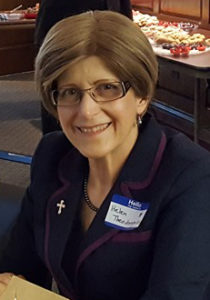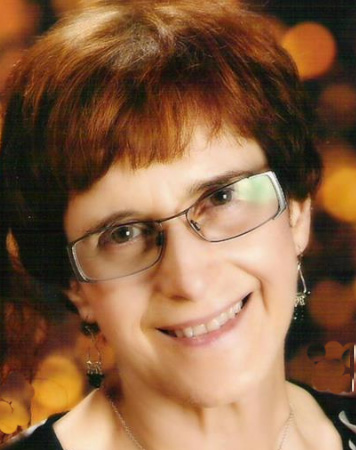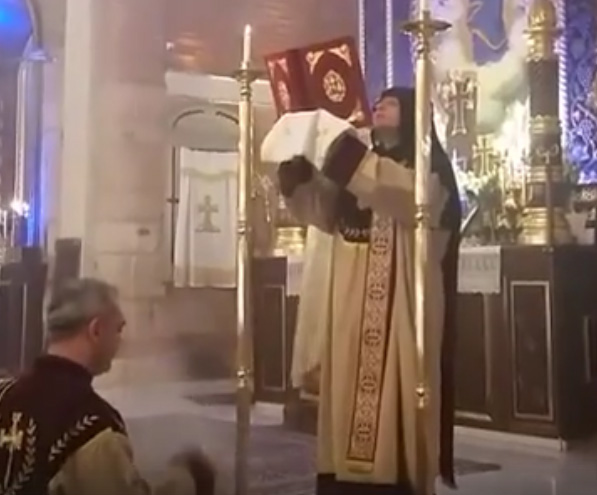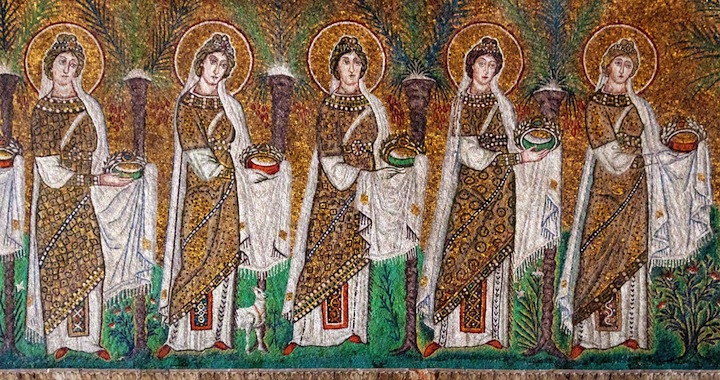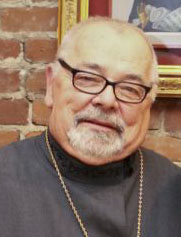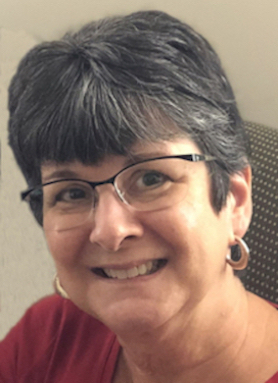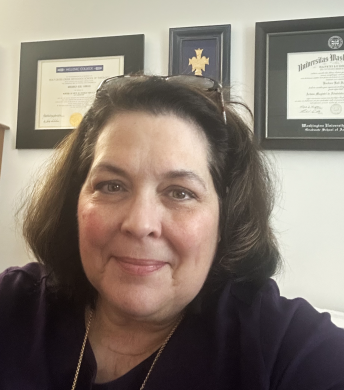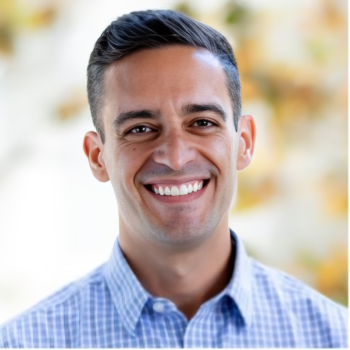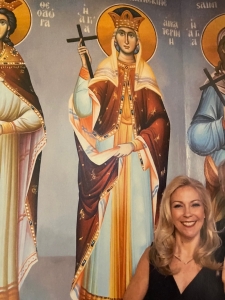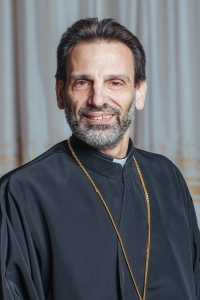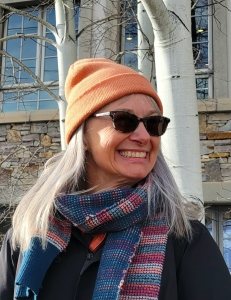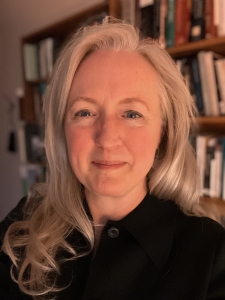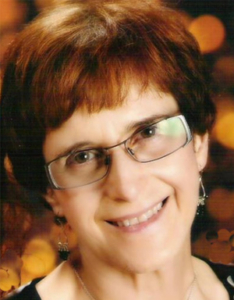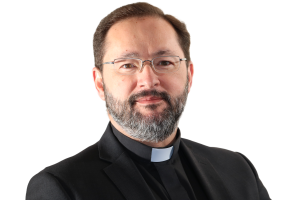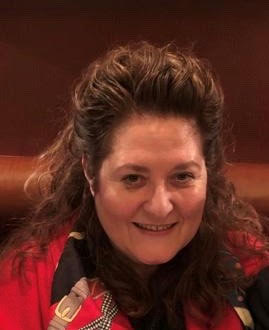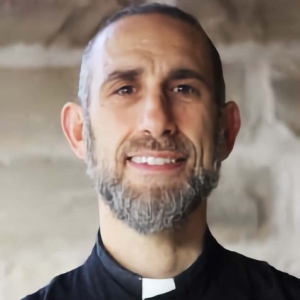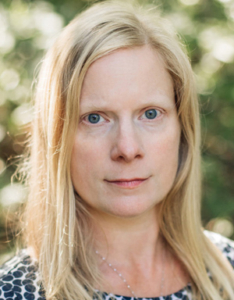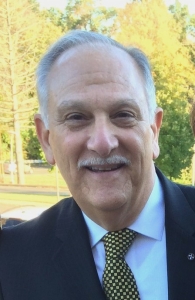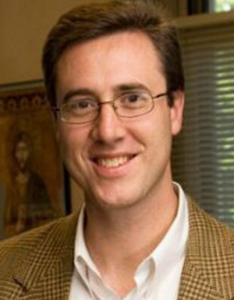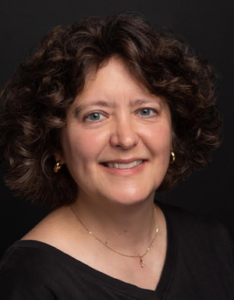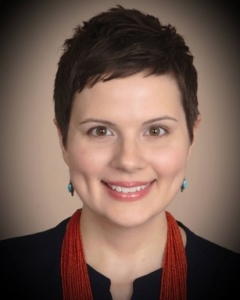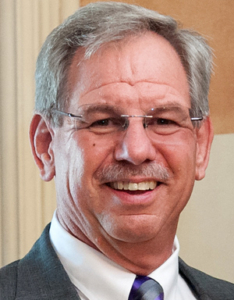WCC Working Group on Violence Against Kids and Women
December 2024
Rev. Archdeaconess Angelic-Phoebe Molen
Good morning and a special welcome to all of you present here. It’s an honour to be graced by the presence of our brothers and sisters from the World Council of Churches (WCC) and Zimbabwe Council of Churches (ZCC).
My name is Archdeaconess Angelic-Phoebe Molen, and I welcome you on behalf of His Eminence Metropolitan Serafim Kykotis, the Metropolitan of the Holy Archbishopric of Zimbabwe and Angola. Allow me to remind you of the true meaning of your presence here: love, peace, and goodwill to all. As Romans 15:7 says, “Therefore, welcome one another as Christ has welcomed you, for the glory of God,” my brothers and sisters welcome to the Orthodox Church Zimbabwe. Saint Nektarios Mission Centre Harare and I welcome you all.
Through the blessings of His Eminence Metropolitan Serafim Kykotis we are doing a lot of initiatives and projects in our metropolis. We organize seminars on pastoral ministry and ecology with youth and mothers from all our local parishes. The main purpose of these seminars with youth is to educate them on how to be good stewards of our planet and to protect the environment since it is a sacred gift from God. Our environment is where we live. There must be harmony between the environment and living beings. Right now, because we are living away from the will of God, the environment is under duress. The situation is alarming as our natural environment is overexploited by negative ecological activities (ecological sins) to meet human needs. It is because of many negative ecological human activities that we are not able to maintain a healthy balance with nature.
The threat we face includes manmade disasters and global warming. These threats are real and have raised an alarming situation. We need to come together to save our environment. That is why, as the Greek Orthodox Church of Zimbabwe, we have initiatives with the youth and the Sunday school children to protect the environment.
By protecting nature, we protect people. Nature can survive without humans, but humans cannot survive without nature. We have tree-planting projects at our local parishes. We have a fruit tree plantation at Saint Serafim Parish in Snakepark. Here at Saint Nectarios, the Sunday school children established a small orchard in the church’s backyard. These trees will provide fruits and shade for the children in the future. We ask our people to do the same in their own homes. When we produce something, we save money at the supermarkets, especially in this country with the highest unemployment and the highest inflation in the world.
These initiatives by our youths and Sunday school children throw light on what humankind needs to do to protect and preserve the environment. As you know, nature offers everything from clothing and water to food and shelter. All living beings are a part of the ecosystem. Hence, it becomes our responsibility to take care of the natural habitat.
The youths and Sunday school children are doing monthly clean-ups around the church neighborhood. It’s an initiative that can be done by each one of us sitting here; we can make our earth a better place to live by taking simple steps like throwing waste in proper bins, saying no to plastic bags, etc. Rather than complaining about pollution, such small steps must be taken to make our environment sustainable.
With the blessings from our Pope and Patriarch Theodoros II, His Eminence Metropolitan Serafim Kykotis nominated three ladies to attend the WCC 11th General Assembly in Karlsrule, Germany in 2022. As the coordinator of ecological activities in our local parishes, I was privileged to be one of the women in attendance. The other lady was Celestine from Democratic Republic of Congo, who coordinates initiatives for the protection of women and children against violence. Finally, there was Zipporah Mwuara from Kenya who studies theology through a scholarship from WCC and coordinates initiatives on the involvement of women in theological studies. She now works in Nairobi translating liturgical text into African dialects.
Additionally, with the blessing of our Patriarch Theodoros, His Eminence Metropolitan Serafim Kykotis nominated only youths to attend AACC General Assembly last year in Abuja, Nigeria. One of them was a blind young man from Kenya named Samson. He is the President of the Association of the Blind in Kenya and received school assistance from His Eminence Metropolitan Serafim Kykotis twenty-seven years ago when he was the Archbishop of Kenya and Tanzania.
Through the blessings of His Eminence Metropolitan Serafim Kykotis many of our youth were sent to represent the Church in workshops, seminars, and general assemblies nationally and internationally. I had the privilege to represent the Greek Orthodox Church internationally in countries like South Africa, Zambia, Nigeria, and Germany. We had trainings on ecology from different international organizations like SAFCEI, AACC, WCC, and our very own ZCC.
If you want to know the success of a church, see their women. The women are equipped with training on catering, basic baking, and tailoring. The women from all our local parishes meet every Thursday for community and then go for catering, baking, or tailoring classes. Through the blessings of His Eminence Metropolitan Serafim Kykotis and the help from Mrs. Ariadni Psillos, the courses are free of charge and open to all our church members. The participants graduate and are awarded certificates after finishing their courses. The mission behind all these trainings is to equip the women with the ability to generate income and to help look after their children.
By all means, let’s continue to pray for the poor and the needy but let every one of us do more than pray. Let’s all do what we can to lift up those arms that hang down. Through the blessings of His Eminence Metropolitan Serafim Kykotis and the cooperation of our parish clergy and the local church committees, the needy and orphaned children are receiving food after the church service. Every child is a hungry child in Zimbabwe. After our Divine Liturgy, more than 100 children per parish in all our local parishes receive food. They normally receive a plate of sadza or sometimes rice, soup, vegetables and meat, and a cup of orange drink. In Zimbabwe, the average family has only a single decent meal per day, so this feeding programme helps. Can you imagine a family, with children under ten years old, eating only once per day? Feeding the children is how our church services the needy and the poor. We give thanks to God for our brothers and sisters who make small donations for this important feeding project.
Many families in Zimbabwe face economic hardship, which keeps the children from going to school. There should be no doubt that the church holds the responsibility to give its abundance to help the needy and orphaned. Education is one way to do so. With small donations, Christians from abroad are helping with school fees to all our needy children who are of school-going age – from ECD level to, sometimes, even University level. This cultivates our children to be future professionals who will serve the local community and the whole country. Through education, they will look after their own families, especially their parents who sacrifice for the survival and suffering people of our local communities. We strive towards an active theology of sharing.
Your visit today, 10 December 2024, marks the end of 16 Days of Activism Against Gender-based Violence. It runs from 25th November (the International Day for the Elimination of Violence Against Women) until 10th December, Human Rights Day.
But for us, as Christians, we should be sensitive to protecting women and kids every day. Any abuse to any human being is an abuse to God. All of us have been created according to the image and likeness of God. Violence against women happens in every country and every culture causing harm to millions of women and girls. The Greek Orthodox church notes that gender-based violence knows no boundaries and affects individuals irrespective of their age and social status. Thus the church firmly believes that it has a moral duty to address the scourge of gender-based violence holistically. Our moral principle, with the blessing of our Metropolitan Serafim, emphasizes that there is zero tolerance for any violation against women and kids.
Violence against women is rife in Zimbabwe and affects all women, regardless of geographic location, wealth, or education. According to the Zimbabwe Demographic Health Survey (2015) at least 13% of women have experienced physical violence and at least 13% have experienced sexual violence. United Nations Population Fund has been working with partners in Zimbabwe to implement a wide range of interventions to reduce gender-based violence and to increase the availability and utilization of gender-based violence services by survivors and perpetrators. The key goals of the programme include increasing awareness of gender-responsive laws and services; women’s rights; strengthening the gender-based violence referral pathway; provisions of direct services, including legal aid and psychosocial support; and mobilizing men and young people to support gender equality.
Partners such as the National Council of Churches of Zimbabwe, AACC, WCC, Ministry of Women’s Affairs, Gender and Community Development, Ministry of Health and Child Care, Zimbabwe Women Lawyers Association, City of Harare health department, and Musasa Project United Nations Population Fund have set various centers to ensure survivors have access to critical services.
The government of Zimbabwe instated the Zimbabwe National Gender-based Violence Strategy of 2023-2030. The National Gender-based Violence Strategy provides a guiding framework for the national response to gender-based violence in Zimbabwe. The vision of the strategy is “a gender-just society, free from all forms of gender-based violence and harmful Practices by 2030.” Its goal is to achieve a thirty percent reduction in the prevalence of all forms of gender-based violence and harmful practices by 2030.
Your visit here is not by mistake or by chance, all of you taking time out of your busy schedules means a lot to our Orthodox Church. What you do has far greater impact than you can imagine. On behalf of His Eminence Metropolitan Serafim Kykotis, I would like to say your visit here is worthy to remember, and we welcome you again anytime at Saint Nectarios Mission Centre. We pray for your important ministry, and for you to do your best protecting every human being as a child of God. Thank you for coming. THANK YOU.

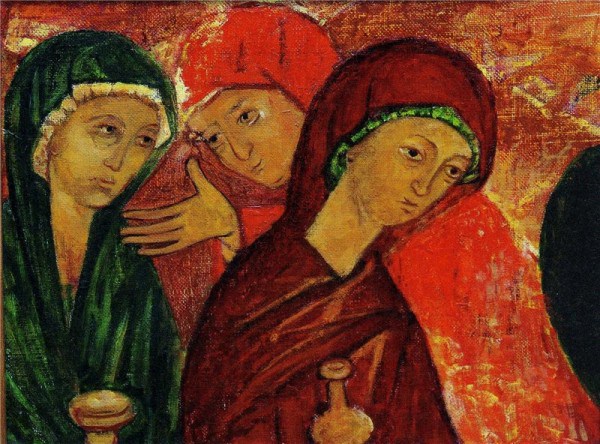 The reinstitution of the ordained female diaconate in the Orthodox Church today would result in a much-needed and transformative outpouring of women’s gifts into the Church and into the world.
The reinstitution of the ordained female diaconate in the Orthodox Church today would result in a much-needed and transformative outpouring of women’s gifts into the Church and into the world.